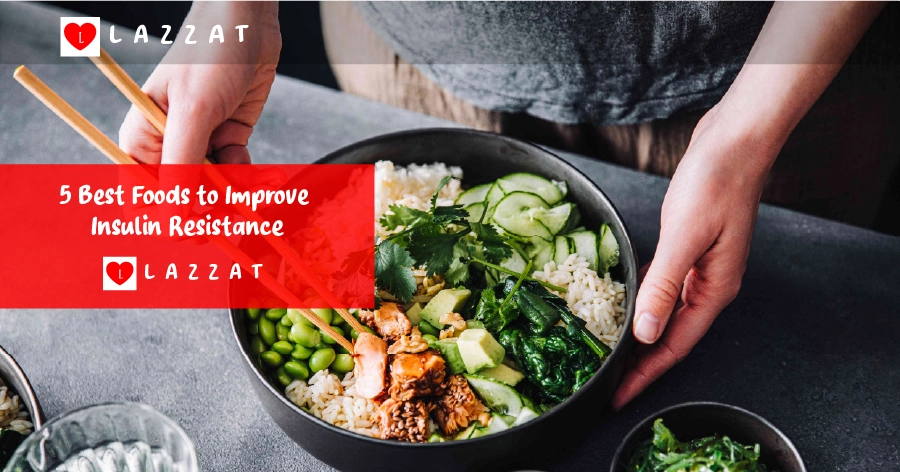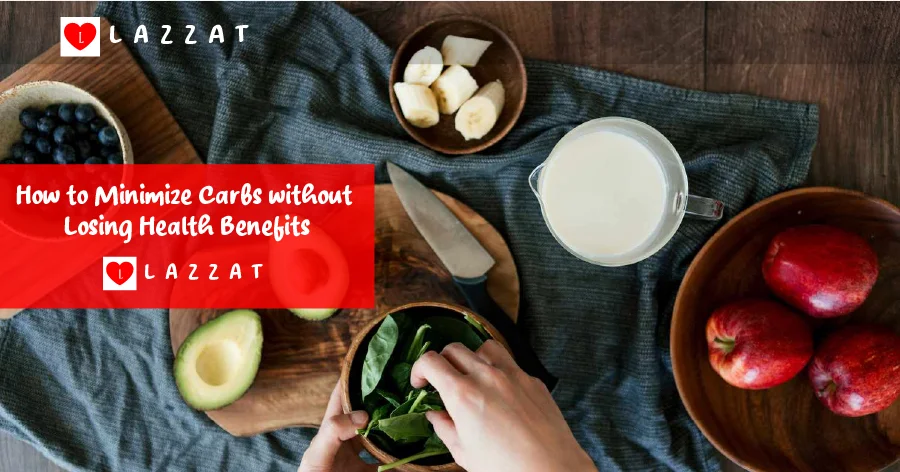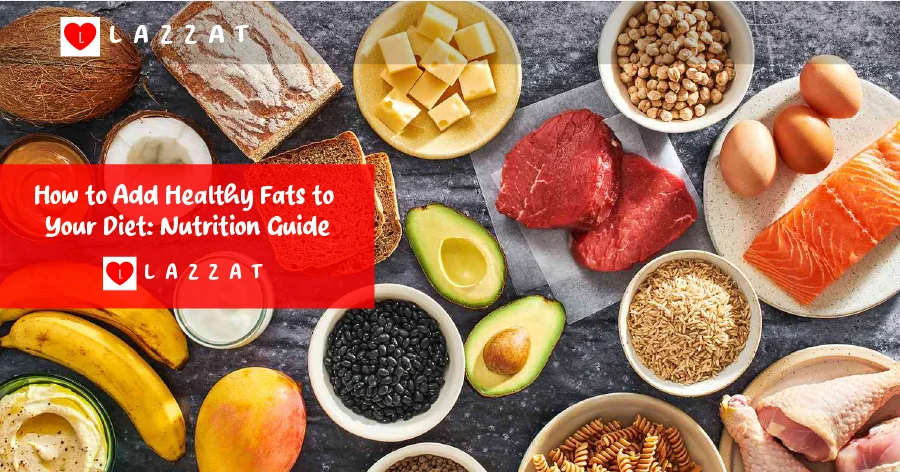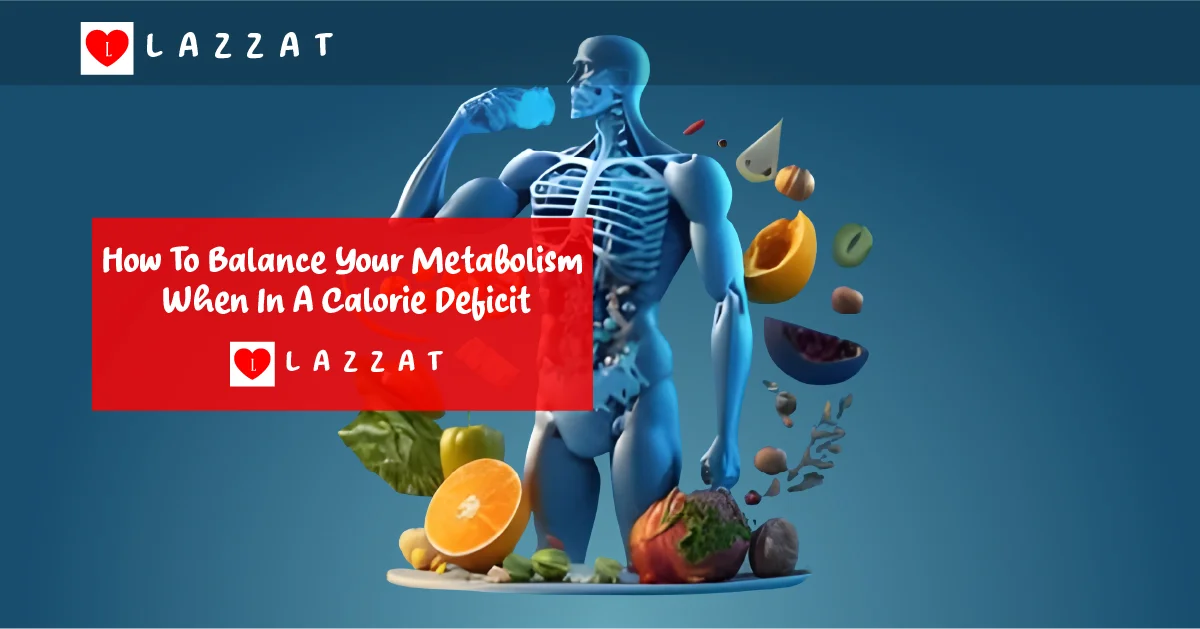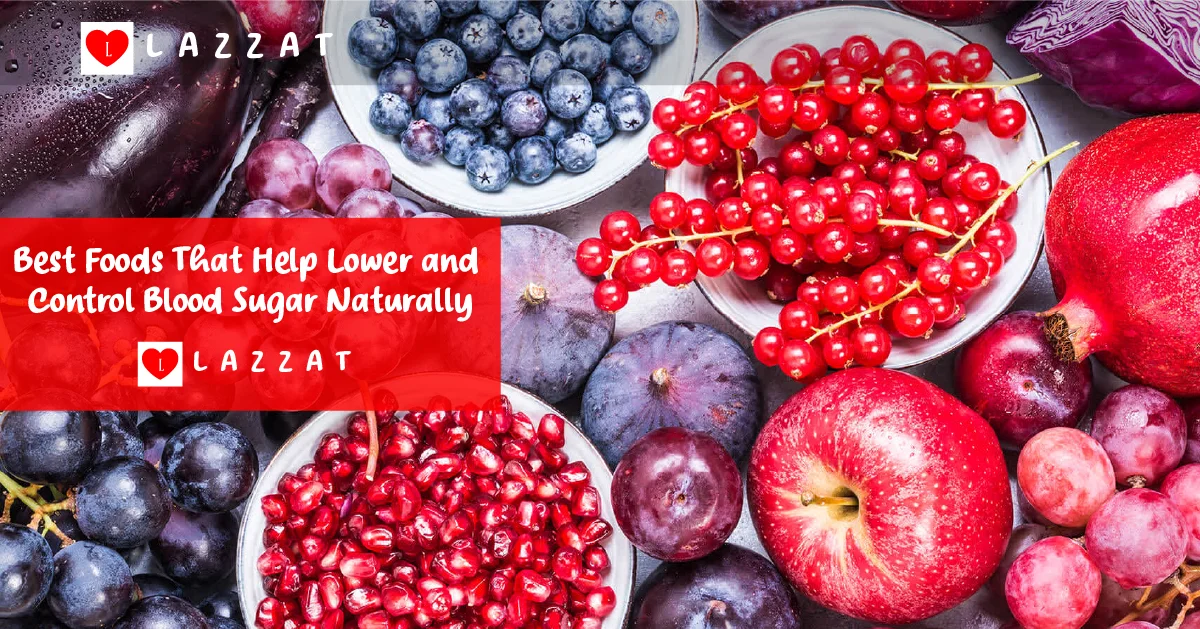5 Best Foods to Improve Insulin Resistance
Keeping your blood sugar levels healthy is key to your well-being. If you’re dealing with insulin resistance, where your cells don’t respond well to insulin, the right foods can help. This guide will show you the top 5 foods to improve insulin resistance and boost your metabolic health. Learning about insulin sensitivity and its symptoms and risk factors helps […]
Read More
